UPDATE JULY 11, 2023 – The court has released its Final Judgment in the LBRY case.
Breaking news in the SEC lawsuit against LBRY, Inc. In this case, the U.S. District Court for New Hampshire recently ruled on the motions for summary judgment by the parties. (A motion for summary judgment asks the court to reach a judgment on the merits, based on the evidence of the case that neither side disputes.)
(Standard Disclaimer: we’re lawyers, but this isn’t legal advice. Unless you’ve signed an engagement letter with us, we don’t represent you. If you’d like us to represent you, please contact us through this website.)
So, for the questions at stake (whether LBRY’s token, LBC, is a security; and whether LBRY received fair notice), this may be a final judgment on the merits. Until an appeals court says otherwise, or better cases come along, this ruling is likely to be cited in any future complaint or ruling involving an evaluation of a crypto token under the Howey test. (The Howey test is the predominant test used in the U.S. to determine if an instrument is a security. The version of the test used in the First Circuit, which includes the court in this case, breaks the test into three parts: (1) the investment of money (2) in a common enterprise (3) with an expectation of profits to be derived solely from the efforts of the promoter or a third party.)
In some ways, this ruling is unusual: most lawsuits filed by the SEC settle before the court has an opportunity to reach a decision on the merits. The court’s analysis, however, is anything but unusual: it’s a straightforward application of the Howey test to a crypto asset, and directly in line with the SEC’s stance over the last few years. With this victory under its belt, it seems likely that the SEC will step up its enforcement of securities laws as applied to crypto projects.
With that in mind, there are a few points of interest we wanted to bring to your attention.
First, what you say matters. The substantial majority of the evidence cited in the decision was comprised of statements made by the defendant corporation and its staff. What’s more, the court specifically cited the obvious implied meaning of certain statements. “The thrust of the email,” the court notes at one point, “is clear.” Judges can read subtext as much as anyone else can. The court also rejects the argument that the defendant informed some potential purchasers that the token was not an investment: “a disclaimer,” the court says, “cannot undo the objective economic realities of a transaction.” See Ruling at 9–15.
Second, what you don’t say also matters. As the court notes, even if the defendant “had never explicitly broadcast its views” that it expected its token to grow in value, “any reasonable investor who was familiar with the company’s business model would have understood the connection.” In other words, because the defendant retained a percentage of its tokens, with the expectation that they could be sold to finance its operations, prospective investors could reasonably believe that the defendant would be motivated to improve the value of its blockchain. This could be taken to mean even if you keep your mouth shut, if it’s apparent that you’re motivated to improve the value of a crypto token or system, that can be used against you in court. See Ruling at 15-17.
Third, utility tokens can be securities too. The token under question in this case was designed to be used on the company’s blockchain, and at least some of the token’s purchasers were motivated to use it rather than invest in it. But apparently, that’s not enough. As the court notes, “[n]othing in the case law suggests that a token with both consumptive and speculative uses cannot be sold as an investment contract.” In other words, just because a token has legitimate uses, and some purchasers buy it for those uses, that may not be enough to avoid having it classified as an investment. See Ruling at 17-19.
There’s a lot more to dig into in this case, particularly as it’s likely to be widely cited over the next few years. We encourage you to read the ruling in full – it’s only 22 pages.
(Cover image: Ken Gallager, CC BY-SA 4.0, via Wikimedia Commons)


